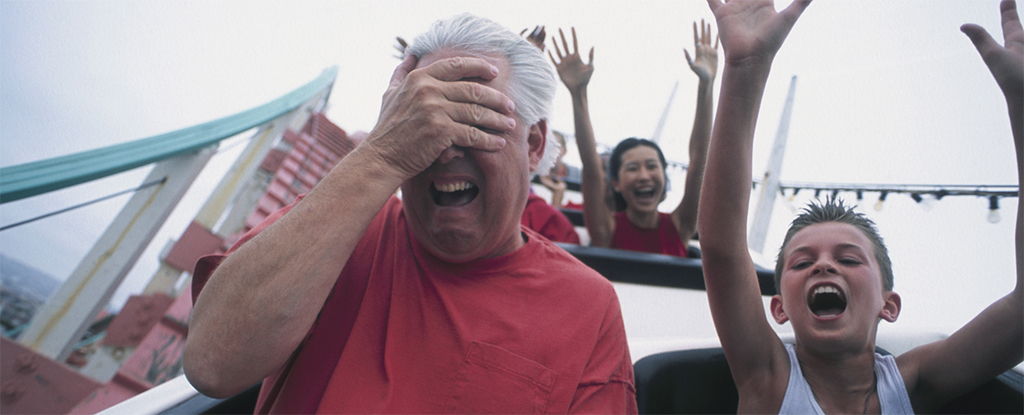Astrophysicists working with the James Webb Space Telescope (JWST) have found a surprising amount of metal in a galaxy only 350 million years after the Big Bang.
How does that fit in with our understanding of the Universe?
The origin of the Universe’s first metals is a foundational question in astrophysics.
Shortly after the Big Bang, the Universe was made up almost entirely of hydrogen, the simplest of the elements. There was a little helium, even less lithium, and possibly an infinitesimal amount of beryllium. When you look at the periodic table of the elements, those are the first four.
In astronomy, all the elements heavier than hydrogen and helium are called metals.
Metals are produced in stars and nowhere else (except for the tiny amount produced by the Big Bang itself).
Tracing the formation of the Universe’s metals from the Big Bang to now is one of astrophysics’ fundamental quests.
Metallicity is a fundamental concept in our study of the Universe. Without metals, rocky planets can’t form. Neither can life. Over successive generations of stars, the Universe’s metallicity has increased. So there’s an underlying trajectory that stems from the first metals and leads directly to us.
The study of ancient galaxies is one of the James Webb Space Telescope’s primary quests. The JWST Advanced Deep Extragalactic Survey (JADES) examined a region of the sky looking for faint, early galaxies. By looking so far back in time to the Universe’s early galaxies, the JWST is shedding light on ancient metallicity.
A team of researchers working with JADES observations examined a galaxy only 350 million years after the Big Bang and found carbon. They may have also found oxygen and neon, all metals in astronomy.
Their findings are in a new paper titled JADES: Carbon enrichment 350 Myr after the Big Bang in a gas-rich galaxy. The lead author is Francesco D’Eugenio, a post-doc astrophysicist at the Kavli Institute for Cosmology at Cambridge.
The first stars that formed in the Universe are called Population III stars. They’re the most ancient stars, and they were massive, luminous, and hot, with almost no metals. The tiny amount of metals they held came from the first supernovae among their numbers.
Much of our knowledge about Population III stars is theoretical because these ancient stars, in their ancient galaxies, are extremely difficult to observe. But the JWST is capable of it. It can’t see individual stars, but its powerful NIRSpec (Near Infrared Spectograph) instrument can detect different elements in the galaxy by their telltale light signatures.
This new research is based on a galaxy at z=12.5 near the Cosmic Dawn, a critical era in the Universe’s history. When the researchers studied the JWST’s observations, they discovered an unexpected amount of carbon in the galaxy. It’s either in the interstellar medium (ISM) or the circumgalactic medium (CGM.)
“This is the most distant detection of a metal transition and the most distant redshift determination via emission lines,” they explain. It’s also the “most distant evidence of chemical enrichment” found to date.
This detection directly collides with our understanding of metal-free population III stars.
“The detection of C iii– and its high EW (equivalent widths)– rules out scenarios of pristine stellar populations,” the authors write.
If Webb has ruled out the existence of pristine, metal-free population III stars, that’s big news. It’s another instance of the powerful space telescope upending our best explanations for the Universe we see around us.
But it’s not entirely shocking; the existence of population III stars is theoretical. Considering everything else we know about the Universe, their existence made sense.
But population III stars were never a certainty.
When something like this is discovered, scientists take pains to consider every other possible explanation for what they’re seeing. Are they really seeing carbon in the stars in this distant, ancient galaxy? Or could something else be behind these emissions?
The ancient galaxy has more in it than just stars. It’s also home to a supermassive black hole (SMBH). When an SMBH feeds on matter, it can flare brightly as an active galactic nuclei (AGN). That light signal could be what the JWST is seeing.
“Moreover, a supermassive accreting black hole has been identified in this galaxy, suggesting that the peculiar chemical abundances might be primarily associated with its nuclear region,” the researchers explain.
There’s another potential source of carbon in the galaxy. They’re AGB stars—asymptotic giant branch stars. AGB stars aren’t large explosive stars like supernovae progenitors are, but they’re large stars that have left the main sequence. Compared to supernovae, AGB stars produce metals gently.
But takes a long time for a star to evolve into an AGB star. When the Universe was only 350 million years old, no stars had lived long enough to become AGBs.
“AGB stars cannot contribute to carbon enrichment at these early epochs,” the authors write.
In the end, the researchers report the detection of carbon, but they can’t tell us exactly where it came from. They may be “the heritage of the first generation of supernovae from Population III progenitors,” they write.
The JWST was pushed to its limits to see this early galaxy. “This detection of the most distant metal transition, which has provided such precious information about the earliest phases of the chemical enrichment, has required a very long exposure,” the authors explain. It took 65 hours of JWST time to gather this data due to the galaxy’s extreme faintness.
Even with all that observing time, the researchers can only arrive at tentative explanations for the metallicity they see. It’s not very practical to use 65 hours of JWST time to study a galaxy spectroscopically, but that’s what the JWST needs to do for this kind of precise spectroscopy. That may change in the future.
“However, in the future, large-area surveys and gravitational lenses may help identify more high-redshift galaxies that are sufficiently bright for deep spectroscopic follow-up with shorter exposures,” the researchers write.
When and if that happens, astrophysicists will have the much sought-after larger sample size. With that valuable data in hand, maybe they can arrive at a firmer explanation for this surprising find.
This article was originally published by Universe Today. Read the original article.





